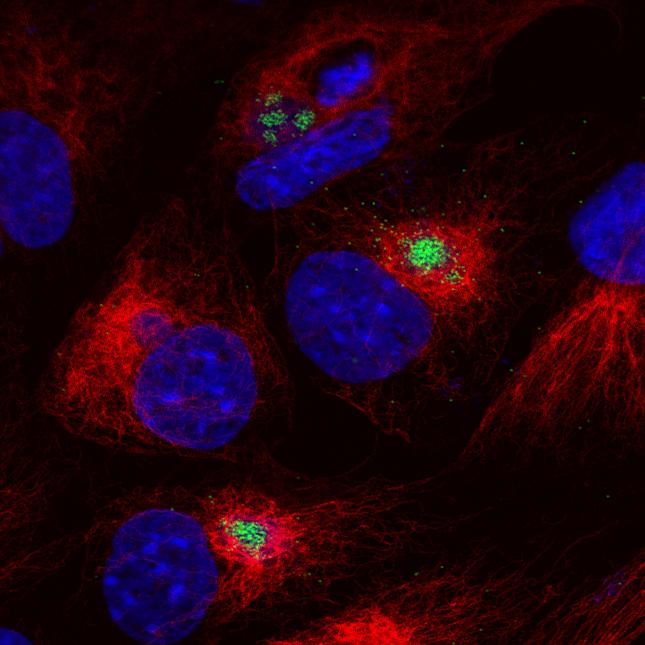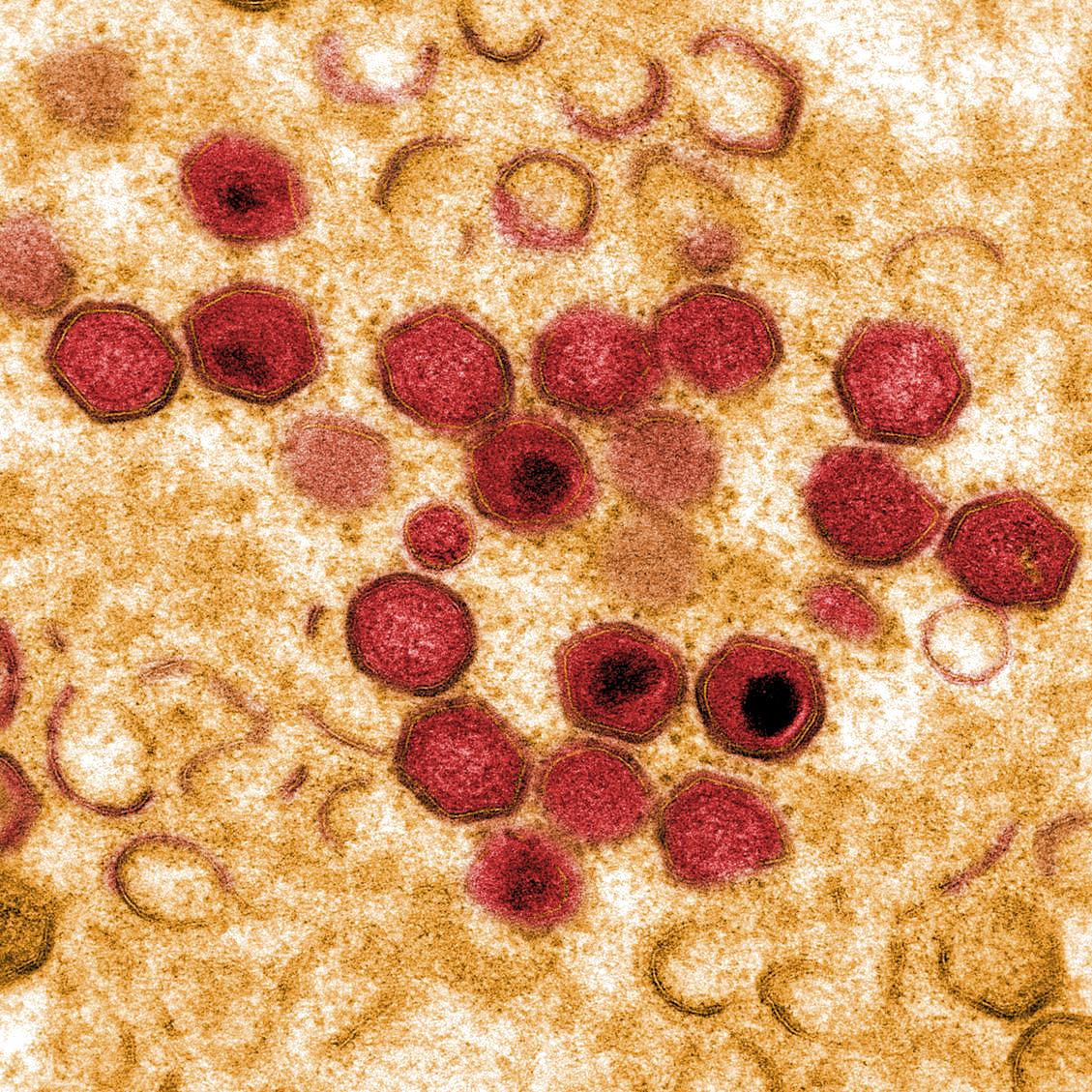The African swine fever virus DP71L protein recruits the protein phosphatase 1 catalytic subunit to dephosphorylate elF2 alpha and inhibits CHOP induction but is dispensable for these activities during virus infection
The African swine fever virus (ASFV) DP71L protein is present in all isolates as either a short form of 70 to 72 amino acids or a long form of about 184 amino acids, and both of these share sequence similarity to the C-terminal domain of the herpes simplex virus ICP34.5 protein and cellular protein GADD34. In the present study we expressed DP71L in different mammalian cells and demonstrated that DP71L causes dephosphorylation of eukaryotic translation initiation factor 2 alpha (eIF2?) in resting cells and during chemical-induced endoplasmic reticulum stress and acts to enhance expression of cotransfected reporter genes. We showed that DP71L binds to all the three isoforms (?, ?, and ?) of the protein phosphatase 1 catalytic subunit (PP1c) and acts by recruiting PP1c to eIF2?. We also showed that DP71L inhibits the induction of ATF4 and its downstream target, CHOP. We investigated the eIF2? phosphorylation status and induction of CHOP in porcine macrophages infected by two ASFV field isolates, Malawi Lil20/1 and Benin 97/1, and two DP71L deletion mutants, Malawi?NL and E70?NL. Our results showed that deletion of the DP71L gene did not cause an increase in the level of eIF2? phosphorylation or induction of CHOP, indicating that DP71L is not the only factor required by the virus to control the phosphorylation level of eIF2? during infection. We therefore hypothesize that ASFV has other mechanisms to prevent the eIF2? phosphorylation and the subsequent protein synthesis inhibition.
Back to publications

